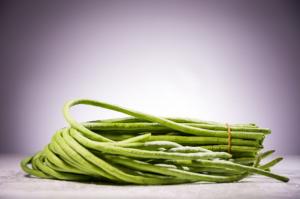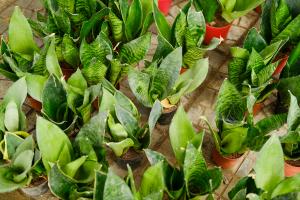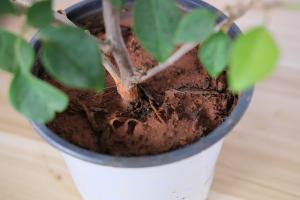Introduction
When it comes to indoor gardening, choosing the right potting mix is one of the most important decisions you can make. The proper potting mix provides essential nutrients, proper drainage, and a stable environment for your indoor plants to thrive. With so many different potting mixes available, it can be challenging to determine which is best for your specific needs. In this article, we will discuss the essential characteristics of indoor plant potting mixes and provide recommendations on which potting mix to use.
Characteristics of Indoor Plant Potting Mixes
Before we dive into the different types of potting mixes, there are a few essential characteristics you should look for when selecting a potting mix for indoor plants:
Well-draining: Indoor plants require a well-draining potting mix to avoid root rot and other issues caused by overwatering.
Adequate aeration: The potting mix must allow air to flow freely around the roots, which helps prevent root disease and encourages healthy growth.
Nutrient-rich: Indoor plants are unable to access nutrients in the soil, making it essential to select a potting mix that provides essential nutrients to nurture healthy growth.
pH balance: The potting mix's pH balance impacts the plant's ability to absorb essential nutrients. A pH range of 5.5 to 6.5 is optimal for most indoor plants.
Types of Potting Mixes
There are many different types of potting mixes available, each with their own advantages and disadvantages. Below are some of the most common types of potting mixes for indoor plants:
Peat-based potting mixes
Peat-based potting mixes are popular in commercial settings because they are lightweight, affordable, and offer good water retention. However, they can be more challenging to re-wet once they have dried out, leading to root problems if you neglect to water properly. Peat is typically acidic and has a lower pH, making it the ideal potting mix for acid-loving plants like ferns, orchids, and African violets.
Coco coir potting mixes
Coco coir-based potting mixes are made from the fibers of coconut husks and are an eco-friendly alternative to peat-based potting mixes. Coco coir potting mixes are lightweight, retain water well, and don't compact over time, allowing air to reach the plant's roots. Coir-based potting mixes often have a higher pH range than peat-based mixes, making it ideal for alkaline-loving plants like succulents and cacti.
Soil-based potting mixes
Soil-based potting mixes include garden soil, sand, perlite, and other amendments. They work well for indoor plants that prefer a heavier, richer soil mix, like citrus trees or herbs. However, soil-based potting mixes are often more challenging to work with than other mixes since they can be heavy and less well-draining than peat or coco coir-based potting mixes.
Recommendations
Based on the characteristics and types of potting mixes discussed above, we recommend selecting the following potting mix for some commonly grown indoor plants:
African Violet: Peat-based potting mix with added perlite for improved drainage and aeration.
Succulent: Coco coir-based potting mix with added perlite or sand for drainage and aeration.
Herbs: Soil-based potting mix with added perlite or vermiculite for drainage and aeration.
Fern: Peat-based potting mix with added sand or vermiculite for drainage and aeration.
It is also essential to remember that each plant species has different growth requirements, and what works for one plant may not work for another. Therefore, it is crucial to research your specific plant's needs and adjust the potting mix accordingly.
Conclusion
Choosing the right potting mix is a vital step to ensure the health and success of your indoor plants. Look for potting mixes that provide adequate drainage, aeration, nutrients, and a pH balance suitable for your plant's specific growth requirements. With the right potting mix and care, your indoor plants will thrive, brightening your home or office with their beauty and vitality.

 how many times do yo...
how many times do yo... how many planted tre...
how many planted tre... how many pine trees ...
how many pine trees ... how many pecan trees...
how many pecan trees... how many plants comp...
how many plants comp... how many plants can ...
how many plants can ... how many plants and ...
how many plants and ... how many pepper plan...
how many pepper plan...
































